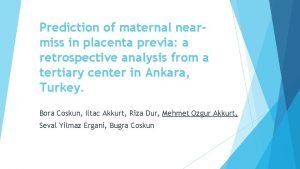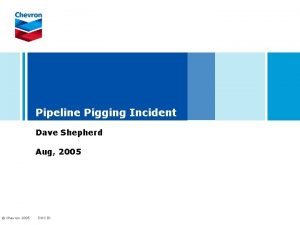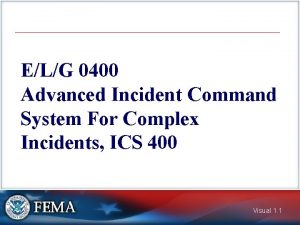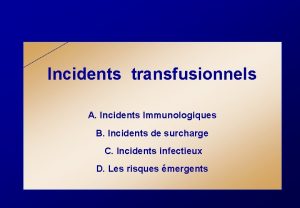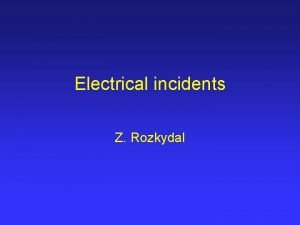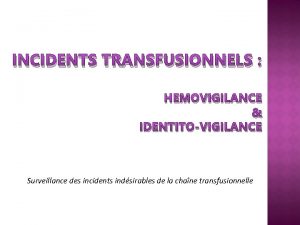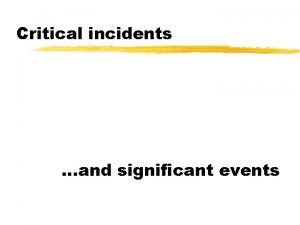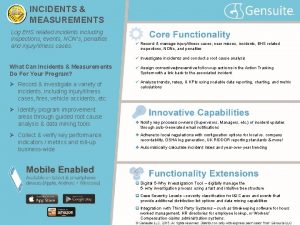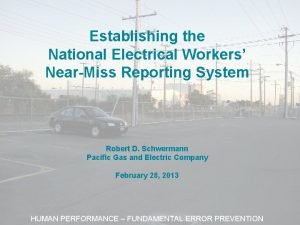Learning from NearMiss Incidents An Initiative for the









- Slides: 9

Learning from Near-Miss Incidents An Initiative for the Bulk Power System

� “Given that most human factors safety programs are not data-driven, it only stands to reason that they have produced intervention strategies that are only marginally effective at reducing the occurrence and consequences of human error. ” Source: Wiegmann, D. A. and Shappell, S. A. (2003). A human error approach to aviation accident analysis: The Human Factors Analysis and Classification System. Surrey, England: Ashgate Publishing Limited. P. 18.

How can we move toward “data-driven” safety and training programs? � By collaborating to create a North American Near-Miss Database (NMDb) � Such an NMDb would facilitate the capture and analysis of near-miss incident data from the industry in order to: ◦ Improve understanding of human performance factors, and ◦ Identify and address challenges that could impact the reliability of the bulk electric system (BES)

�A near-miss is an incident in which no injury property damage or system reliability lapse occurred ◦ “You got lucky. ” � There is currently no nationwide database for near-miss incidents in the BES � The resultant uncoordinated data is of little value to the industry as a whole

Proposed NMDb � WECC’s Human Performance Work Group (HPWG) has been collaborating with EPRI, NERC, NATF, BPA, Dominion (and more) to produce a white paper ◦ Released July 19, 2012 � The goal is to develop and maintain an industry-wide Db as a large source of human performance, personnel safety, and BES reliability information

Features of the Proposed NMDb � Voluntary and Confidential report entry system � Processes to review and polish entered data to ensure anonymity and data value � A framework for analysis of reported incidents leading to “lesson learned” � Broadcast of the “lesson learned” to the entire industry � Regulatory agencies would be asked to remain at arm’s length

Models for our NMDb � Aviation Safety Reporting System � National Fire Fighter Near-Miss Reporting ◦ http: //asrs. arc. nasa. gov/ System ◦ http: //www. firefighternearmiss. com/ � Federal railway Administration ◦ http: //www. closecallsrail. org/

Funding � The task group will prepare a proposal to secure funding for the implementation (the first 2 years) and ongoing support of the NMDb from: ◦ Department of Energy, ◦ Homeland Security, and/or ◦ Other interested parties

� “Since catastrophic failures are rare events in well-defended complex systems, collectively mindful organizations work hard to extract the most value from what little incident and accident data they have. ” � “They actively set out to create a reporting culture by commending, even rewarding, people for reporting their errors and close calls. ” Source: Reason, J. (2008). The Human Contribution: Unsafe Acts, Accidents, and Heroic Recoveries. Surrey, England: Ashgate Publishing Limited. P. 240.
